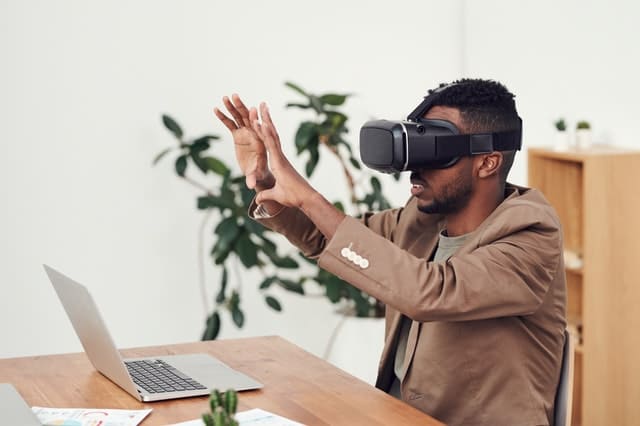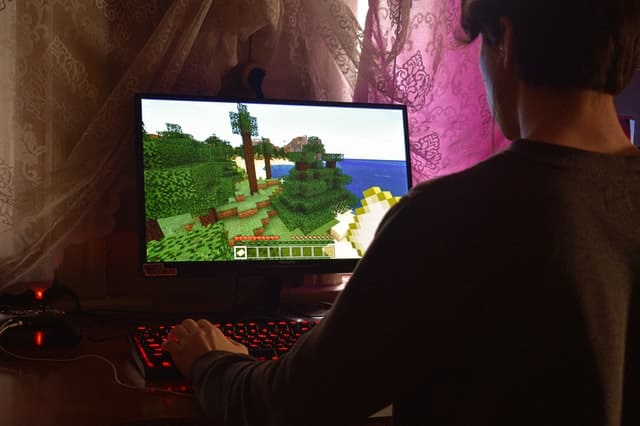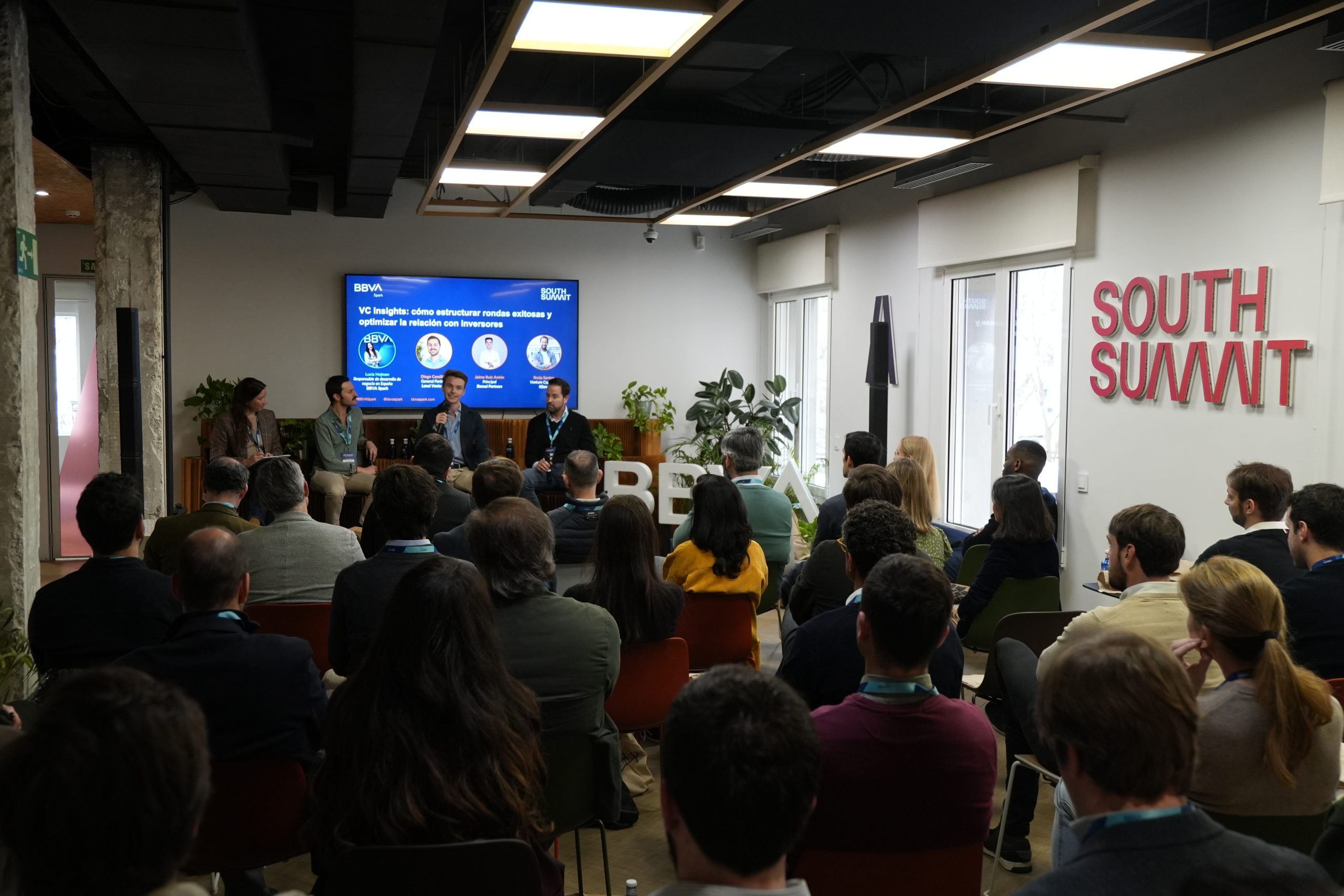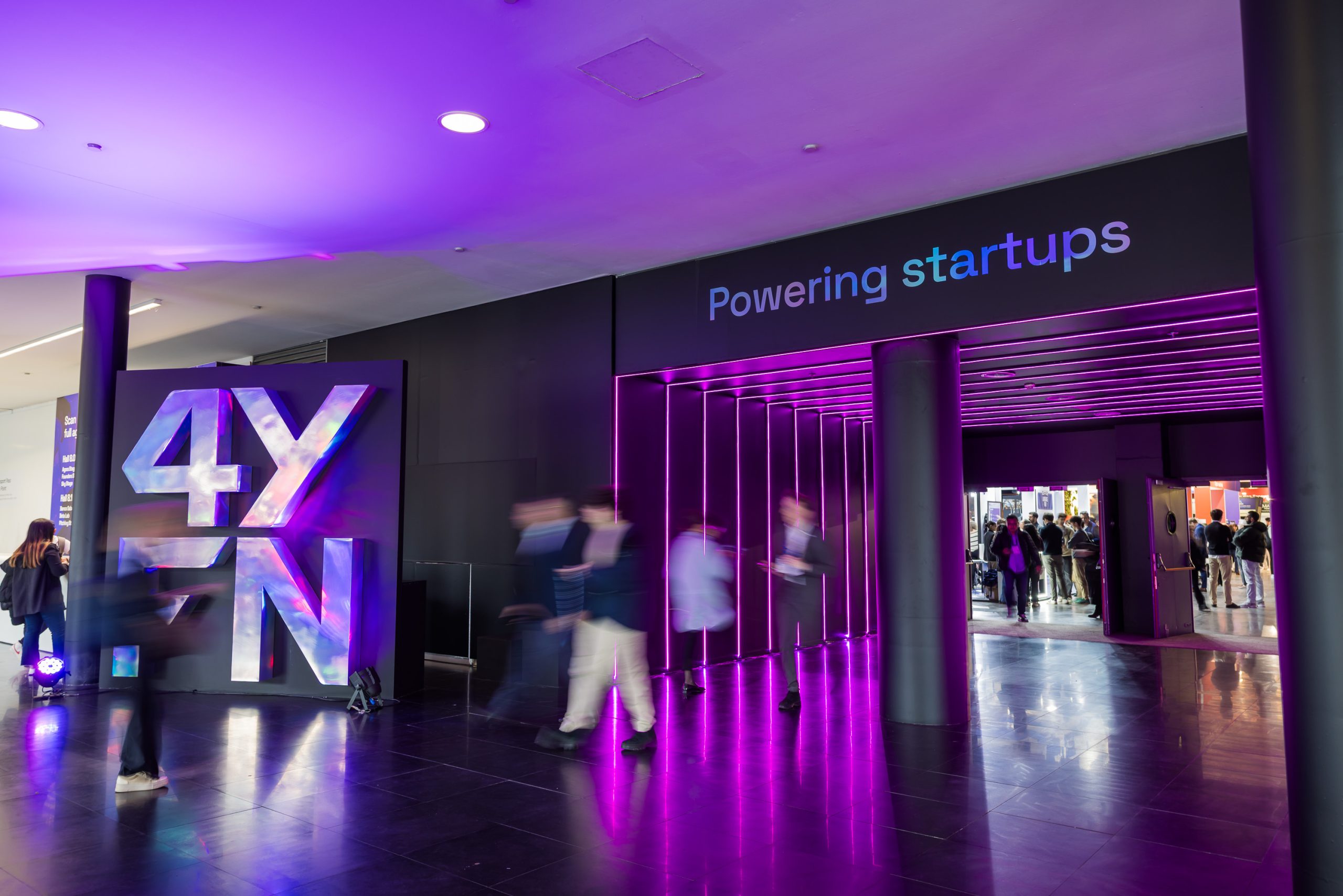See you in the metaverse? Opportunities and challenges for companies in this new virtual landscape
Activities such as remote working, attending classes and buying clothes will be as viable within the metaverse as in reality. Some companies have already launched their proposals for this immersive, three-dimensional and interactive space, which is soon to become a new sales and communication channel where financial transactions will take place. But the metaverse is still in its infancy, which is an opportunity for the hardware and software companies involved in developing it
Although the term metaverse has become popular since October 2021, when Facebook announced that it was rebranding as Meta to focus its business on developing this digital environment, the race to form virtual worlds started years ago. In fact, Neal Stephenson coined this concept in his 1992 science fiction novel Snow Crash.
Some may consider it futuristic, but there are ever more examples demonstrating that the virtual universe and the real one are getting closer. Singer Travis Scott gave a concert in the game Fortnite in April 2020; ‘Nikeland’, a space by Nike where users can experience sports and mini-games, has been a reality on the Roblox platform since November 2021; and Walt Disney is working on how to bring their theme parks into this digital world.

In its first iterations, this three-dimensional, immersive and shared space mirrors certain aspects of reality, and people can interact within it using avatars to represent themselves. “The metaverse functions as a metaphor for the real world”, says Luz Castro, co-founder of imaxin|software, coordinator of the masters in Video Game Design, Development and Marketing at the University of A Coruña and President of videoxogo.gal, pointing out that “it’s not totally new – Second Life is almost 20 years old”. Now is the time to explore its full potential.
A single metaverse or a multitude of platforms
In some cases there is talk of a single metaverse that would host all the other platforms, whereas others understand that each company will develop its own metaverse. Laura Raya is postgraduate director of Immersive Technologies and Virtual Reality and of R&D&I projects on Graphic Computing and Virtual Reality at the U-tad University Centre for Digital Art and Technology. She believes that, although “the notion will originate through various metaverses owned by different companies”, ideally “there would be just one that would be centrally owned by a government, and it would be compatible with the applications and services developed by the different companies”.
For Emilio Blanque, innovation consultant and specialist in emerging technologies at VISYON, “the metaverse is the next generation of the Internet and, as such, it will have different layers of immersion and entry platforms.” That is why, in his opinion, “the concept is a single metaverse, within which there are different platforms or spaces”.
Both the aesthetic and some dynamics of the metaverse evoke video games and computer-generated graphics. “The difference is that instead of playing, you reproduce daily social dynamics in those virtual worlds using your 3D avatar,” says Raya. The metaverse will be able to offer a greater degree of immersion in the Internet to make those social dynamics more realistic, for which it could make use of virtual reality, although as Raya notes, it is not a sine qua non condition for its existence. “Whereas the graphic computing that generates it is essential”, she adds.
A construct that needs all hands on deck
The creative companies and developers that are building these virtual worlds are the first link in the metaverse. “We’re seeing a spike because all companies perceive it as a new communication channel, and they want to explore how to be a part of it. Initially, some companies will get in through platforms such as Roblox, Sandbox and Somnium, but others will want to have their own”, comments Blanque.

Pedro Muñoz, head of BBVA Open Innovation in Spain, takes a similar stance and points out that “there are opportunities for startups in both hardware and software”. In any of the possible scenarios, the metaverse will be the work of many hands, requiring transversal collaboration and innovation for it to be a success.
The possibility of hyper-personalisation of avatars – the virtual representations of people that will allow them to interact – is another aspect of building the metaverse. However, there are concerns about how this characterisation may affect self-image disorders, mental health and stereotypes.
Body, hair and eyes will be some of the attributes that can be selected, and avatars will wear clothes and accessories too. This is another market that has got off the ground – Gucci has already sold a virtual bag for a price higher than its physical version; luxury brand Balenciaga has a clothing collection in the Fortnite game; and Zara premièred its first virtual clothes in late 2021.
These collections are made possible by NFTs (non-fungible tokens). These unique digital assets have two main features – they do not run out when you use them and there are no two the same. Their appeal, therefore, lies in the fact that they are unique in nature.
“The assets that are currently being bought, auctioned and sold the most in the metaverse are NFTs”, notes Muñoz. In the third quarter of 2021, $10.7 billion (around €9.37 billion) of NFTs were sold. According to the expert, this figure is expected to reach $200 billion (almost €175 billion) by 2025.

The trading of virtual products, such as the garments already mentioned, but also collectables and land, implies the need for means of payment. The digital currencies of Decentraland, Axie Infinity and Star Atlas, for example, allow for commercial transactions. These currencies are called MANA, AXS and ATLAS, respectively. “Although cryptocurrencies have now been generated that are elements of payment within their universes, I think that financial transactions in the metaverse will end up being made with fiat money [that exists and that we use by mandate of the authorities, without the possibility of exchange for gold]”, Muñoz concludes.
Is the metaverse here to stay?
While video games appear to be the main early adopters of the metaverse, they are just one of the options and applications of this virtual world. Also, as Luz Castro of imaxin|software notes, persistent virtual reality games have huge potential, but current technology still has limitations like “high costs, wires that hinder movement and a lack of accessibility, among others”.

The business world has also jumped on the bandwagon. Microsoft has already announced ‘Mesh for Teams’ for mid-2022, which allows individuals located in different physical locations to share collaborative holographic experiences in order to facilitate work processes such as meetings and inductions for new hires.
For its part, Meta already has a beta version of Horizon Workrooms, a virtual reality workspace, as well as Horizon Worlds, a platform that focuses more on social interaction.
Raya explains that, with such a significant psychological involvement thanks to virtual reality and its feeling of being present, “we are not only vulnerable to cybercrime. By replicating social dynamics, we will be very susceptible to personal attacks and harassment – everything that happens in real life.” Like Blanque, she stresses the need to legislate on the matter. “We have a long way to go to respect intellectual property rights as well as the rights of individuals”, says the specialist from VISYON.
Taking classes in the metaverse is another potential scenario. Roblox Education has launched a $10 million fund to subsidise educational organisations that develop content and experiences on its platform. In the words of Luz Castro, “augmented and virtual reality allow people to acquire knowledge through an interactive learning process where students play an active part”. Some of the projects selected are planning to teach robotics, space science and computer science, biomedicine and engineering.

The possibility of a more corporeal presence appeals to the Monterrey Technology Institute, so they have begun to create academic and student-related activities – for example, a poetry reading – in their Tec Virtual Campus, an online 3D campus with avatars.
In an increasingly technological society, the metaverse no longer sounds like science fiction. Although the actual concept is yet to be fully defined and there are still challenges to address, this digital universe will transcend physical barriers to bring a new dimension to reality.



